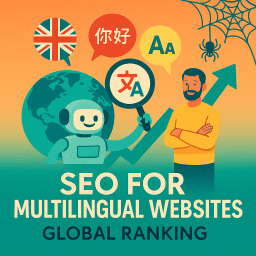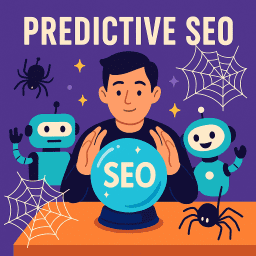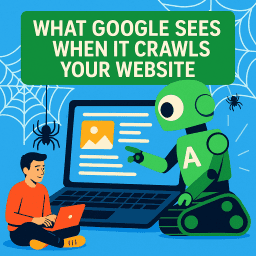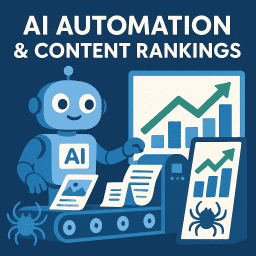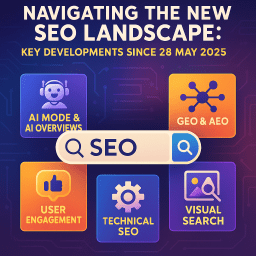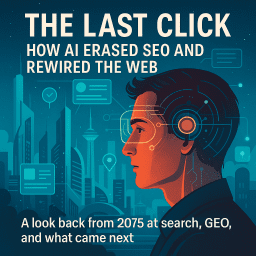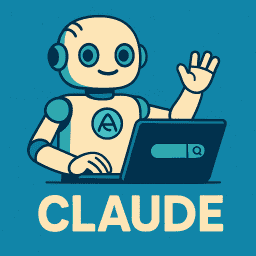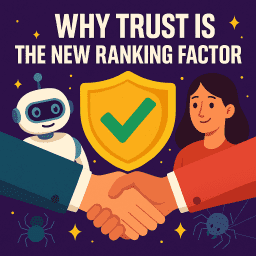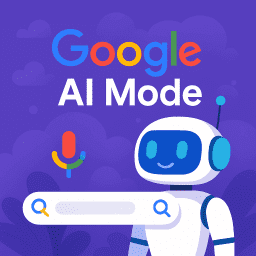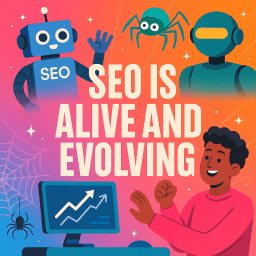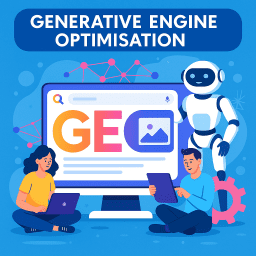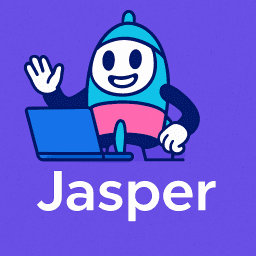Beginner’s AI Glossary 2025: 55 Terms You Need to Know
A beginner-friendly guide to essential AI language
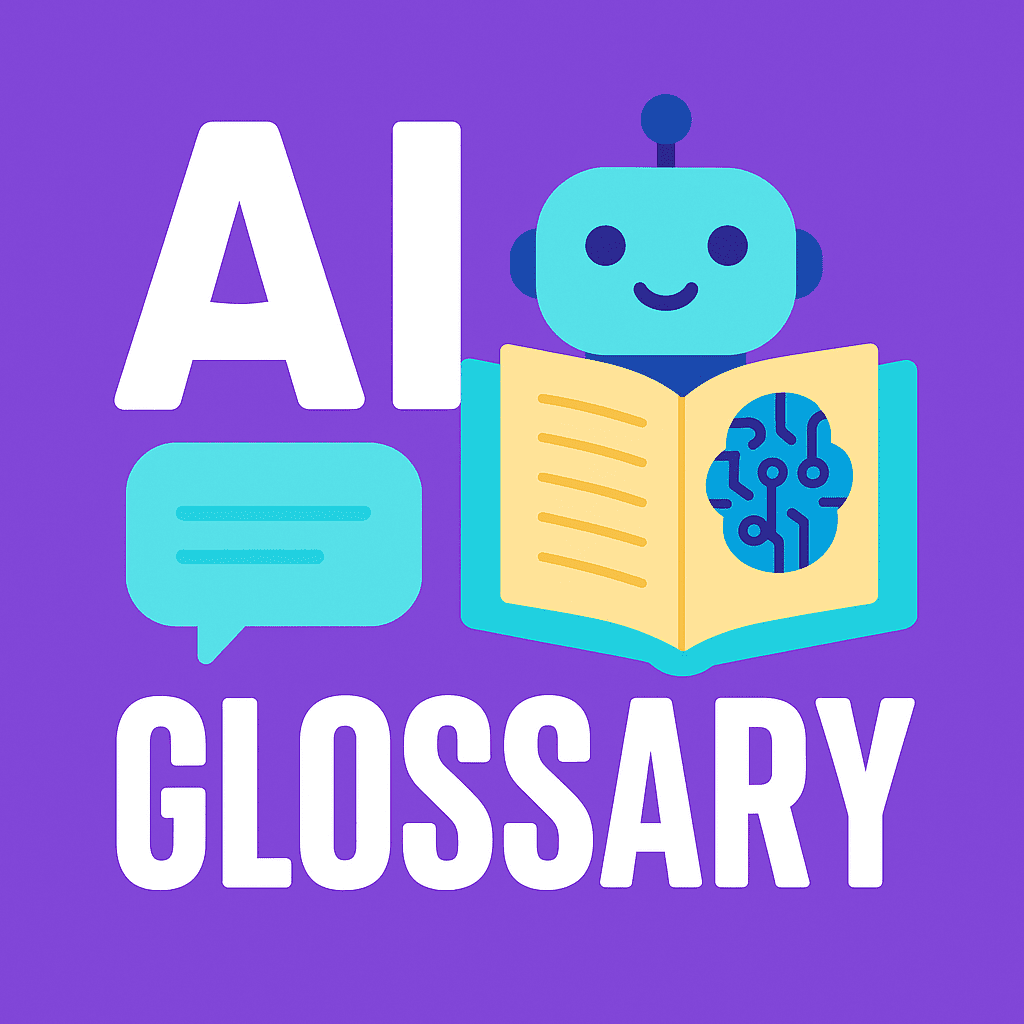
📖 Your Beginner’s Guide to AI Terminology
Artificial Intelligence is everywhere, yet most of the jargon still feels mysterious. If acronyms like NLP and LLM blur into each other, this glossary is for you. Below you will find plain-English explanations of the most common AI terms so you can follow the conversation, brief your team, choose tools with confidence, and avoid the hype.
Everything here is written for beginners. No maths degree required. Skim it now, bookmark it for later, and dip back in whenever a new term appears on your feed.
🔌 API
A way for software to connect to and use an AI model or service.
🤖 Artificial Intelligence (AI)
Teaching computers to perform tasks that usually require human intelligence, such as reasoning, learning, and problem solving.
🕳️ Black Box
A system whose inner workings are hard to interpret.
⚖️ Bias
Skewed or unfair outcomes caused by biased data or design choices.
🎥 CGI (Computer-Generated Imagery)
Images created with computers, increasingly enhanced by AI tools.
💬 Chatbot
Software that converses with users via text or voice, often powered by an LLM.
🗨️ ChatGPT
A conversational AI assistant that answers questions, drafts content, and more.
👁️ Computer Vision
Teaching machines to understand and analyse images or video.
🪟 Context Window
The amount of recent text or data a model can consider at once.
🔒 Closed Source AI
Proprietary AI software whose code is not public.
📦 Data Augmentation
Creating extra training examples by modifying existing data.
🏷️ Data Labelling
Tagging data with correct answers or categories so models can learn.
🧠 Deep Learning
A branch of ML that uses many stacked layers of artificial neurons to learn complex patterns.
🧩 Embedding
A numerical vector that represents meaning, used for search, clustering, and recommendations.
🛡️ Ethical AI
Practices that promote fairness, transparency, privacy, and safety.
🔍 Explainable AI (XAI)
Methods that make model decisions understandable to humans.
✏️ Few-Shot Learning
Learning from only a handful of examples, then generalising.
🎯 Fine-Tuning
Further training a pre-trained model on your specific data so it performs better on a particular task.
⚔️ GAN (Generative Adversarial Network)
Two models compete: a generator creates data, a discriminator critiques it, and both improve.
🎨 Generative AI
AI that creates new content such as text, images, audio, video, or code.
🌈 Hallucination
When a model produces confident but incorrect or fabricated information.
🖼️ Image Recognition
Identifying objects, scenes, or people in an image.
⚡ Inference
Running a trained model to get an output or prediction.
📚 Large Language Model (LLM)
A very large AI model trained on vast amounts of text to generate fluent, context-aware responses.
⏱️ Latency
The time it takes from sending a request to receiving a response.
📈 Machine Learning (ML)
A way for computers to learn from data and improve over time without being explicitly programmed for every rule.
🌊 Model Drift
When model performance changes over time because real-world data shifts.
🎯 Multimodal AI
Models that understand and combine different input types, such as text and images.
💬 Natural Language Processing (NLP)
Techniques that help computers understand, interpret, and generate human language.
🕸️ Neural Network
A network of connected nodes (“neurons”) that process information, inspired by the human brain.
👐 Open Source AI
AI tools whose code is publicly available to inspect, use, and modify.
🌐 OpenAI
A research and product company known for ChatGPT and other AI models.
🎭 Overfitting
When a model memorises the training data and performs poorly on new data.
⚙️ Parameters
The internal values a model learns during training. More parameters usually means more capacity.
🤯 Perplexity (Metric)
A score that indicates how well a language model predicts text. Lower is usually better.
🏋️ Pre-Training
The initial learning phase on broad data before tuning for a specific task.
📜 Prompt
The instruction or question you give to an AI model.
🛠️ Prompt Engineering
Designing clear inputs and context to steer models towards better results.
🙋♂️ RLHF (Reinforcement Learning from Human Feedback)
Humans rate model outputs so the model learns which answers are preferable.
🎮 Reinforcement Learning
Training by trial and error where actions receive rewards or penalties.
🪞 Self-Supervised Learning
Learning patterns from unlabelled data by creating signals within the data itself.
🎤 Speech Recognition
Turning spoken words into text.
📝 Speech-to-Text (STT)
Converting audio speech into written words.
🔄 Transformer
The neural network architecture behind most modern LLMs that excels at handling context.
🔤 Token
A small unit of text (a word or piece of a word) that models read and produce.
📂 Training Data
The text, images, audio, or other data used to teach a model.
📊 Vector Database
A database designed to store and search embeddings efficiently.
🗣️ Text-to-Speech (TTS)
Generating natural-sounding speech from written text.
📉 Underfitting
When a model is too simple and fails to capture important patterns.
🌍 Virtual Reality (VR)
Immersive, computer-generated environments experienced via a headset.
0️⃣ Zero-Shot Learning
Solving a task without seeing any training examples of that task.
Also read:
How to Optimise for AI Visibility and Get Cited by the Machines
How to Optimise for AI Search (Not Just Google)
How to Train AI Tools (Like ChatGPT) to Improve Your SEO Workflow
💡 Final Thoughts
AI is no longer niche. It shapes products, markets, and everyday workflows. Speak the language and you gain an edge. Use this glossary as a quick reference when new terms appear. When in doubt, test tools with a small pilot, measure real outcomes, and build from there.
David Roche says: “Clarity beats hype. Learn the terms, test the tools, and focus on results that matter to people.”
What the Experts Are Saying
- “AI is the new electricity.” – Andrew Ng
- “The key to widespread AI is making it understandable.” – Fei-Fei Li
- “AI augments human intelligence when used responsibly.” – Ginni Rometty
FAQs
What is the simplest definition of AI?
AI is software that learns from data to make decisions or create content without being told every step.
How is machine learning different from traditional programming?
Traditional code uses fixed rules. ML finds patterns in data and learns the rules itself.
Why do language models “hallucinate”?
They predict likely text from patterns. If context is weak or training data is limited, they can produce confident but incorrect answers.
What is a context window and why does it matter?
It is how much information a model can consider at once. Larger windows help keep track of longer conversations or documents.
Do I need my own data to fine‑tune a model?
Fine‑tuning works best with quality examples from your domain. Small, clean datasets often beat large, messy ones.
What is the benefit of embeddings and vector databases?
Embeddings turn meaning into numbers. Vector databases search those numbers to find similar ideas fast, which powers semantic search and RAG systems.
Is AI always accurate or unbiased?
No. Models learn from data that can be incomplete or biased. Good evaluation and governance are essential.
What is latency and why does it affect UX?
Latency is response time. Lower latency feels snappier and is crucial for chat, voice, and interactive tools.
How should I start using AI in my business?
Pick one process with measurable outcomes, run a small pilot, compare results, and scale only if it delivers value.
What is the safest way to use customer data with AI?
Minimise sensitive data, apply access controls, follow data‑protection laws, and prefer privacy‑preserving methods such as redaction or synthetic data.


